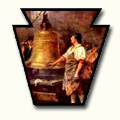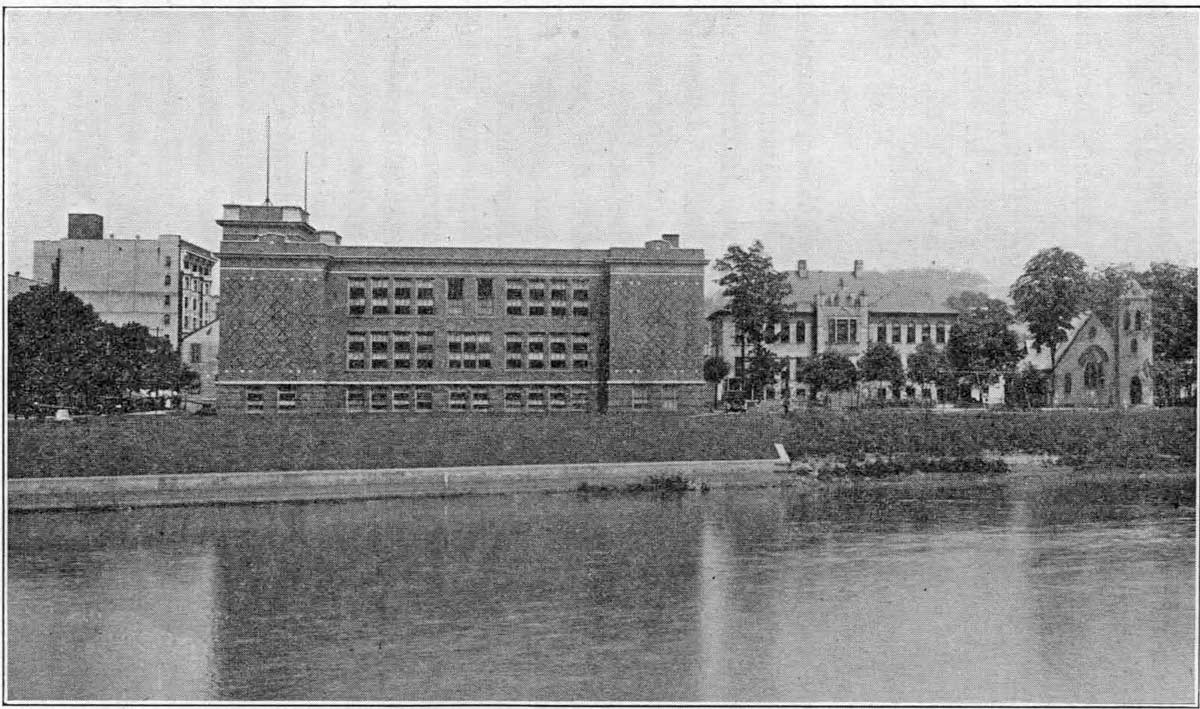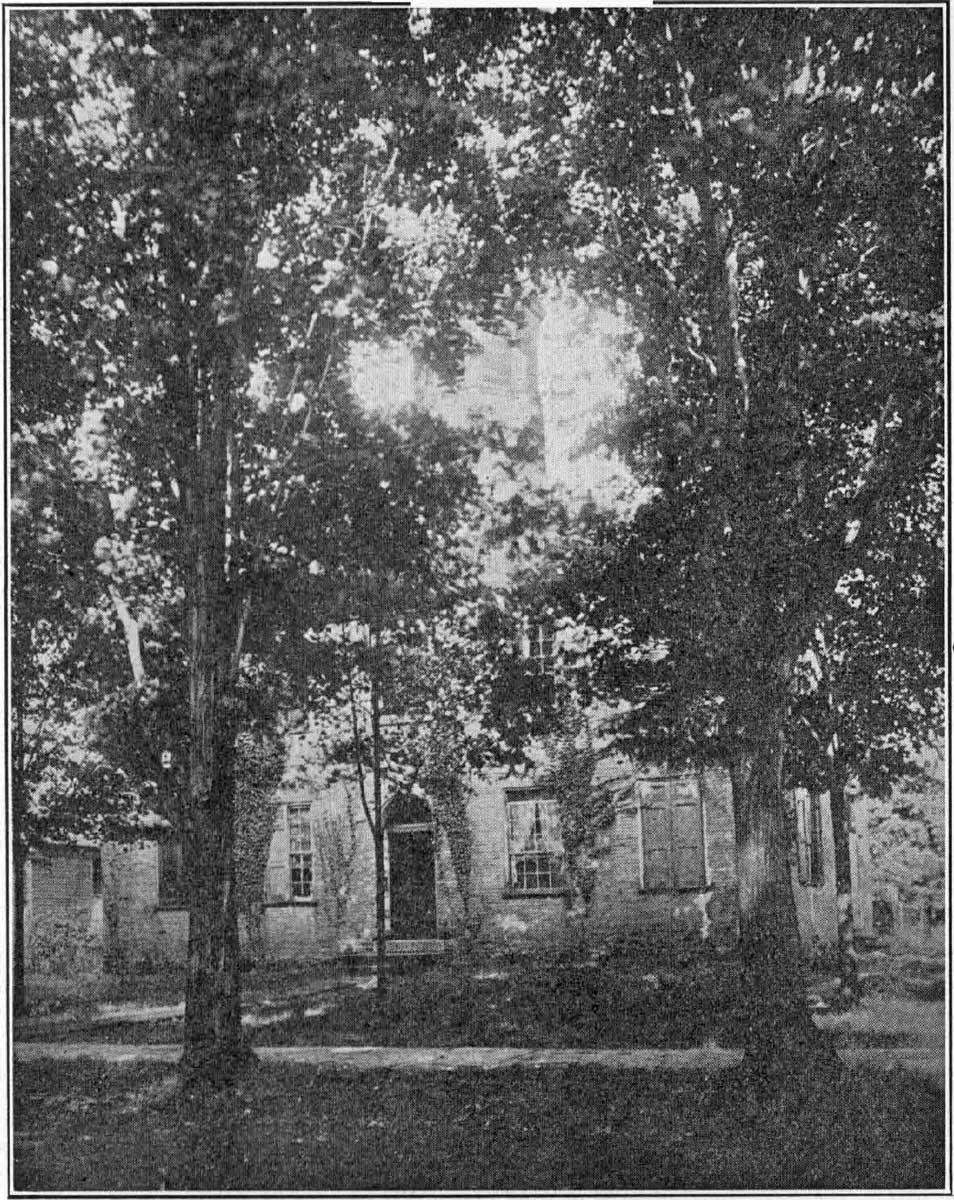|
265 CLEARFIELD COUNTY - PRESENT AND
PAST
There are also bus lines to Clearfield and intermediate
towns, and to Sabula, Reynoldsville and Brookville.
It has the main line of the Buffalo, Rochester and
Pittsburgh Railway passing through it, with a branch to Clearfield, also the
Allegheny Division of the Pennsylvania, and is the terminus of the Buffalo and
Susquehanna Railway. 59 passenger trains arrive and depart every twenty-four
hours.
The city is supplied with natural gas, electricity and
good water.
The streets with a few exceptions are well paved and
improved.
There is a city and community playground and park
covering 27 acres.
The Civic Organizations are: The Chamber of Commerce,
DuBois Business Men's Association, Modernized Credit Exchange, Community Rest
Rooms, Rotary, Kiwanis, Community Red Cross Nurse.
The Associations are: Acorn, Elks, Country Club,
Knights of Columbus, Masons, Y. M. C. A., American Legion and other
fraternities.
There are a number of department stores and others, as
hardware, shoes, men's goods, etc. There are also six wholesale institutions
which cater to home and outside communities.
There are two hospitals, the DuBois Hospital and Maple Avenue Hospital.
There are four banks: The Deposit National Bank, The
DuBois National Bank, The Union Banking and Trust Company, The People's State
Bank, having an aggregate of deposits of $7,500,000. The City has a morning and
an evening daily newspaper, The Courier, and The Express.
The industries are as follows: Adrian Furnace Co., J.
R. Osborn Machine Co., Alpha Silk Mills, Vulcan Soot Cleaning
|








